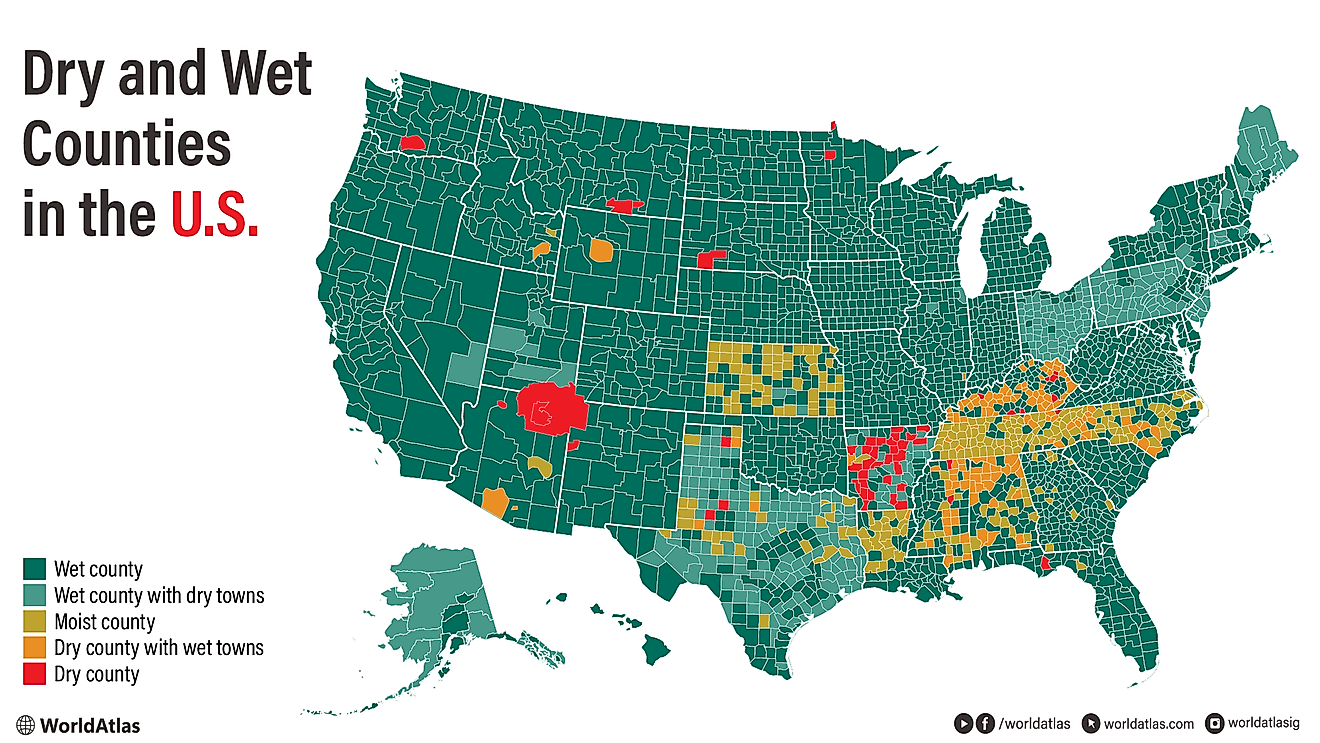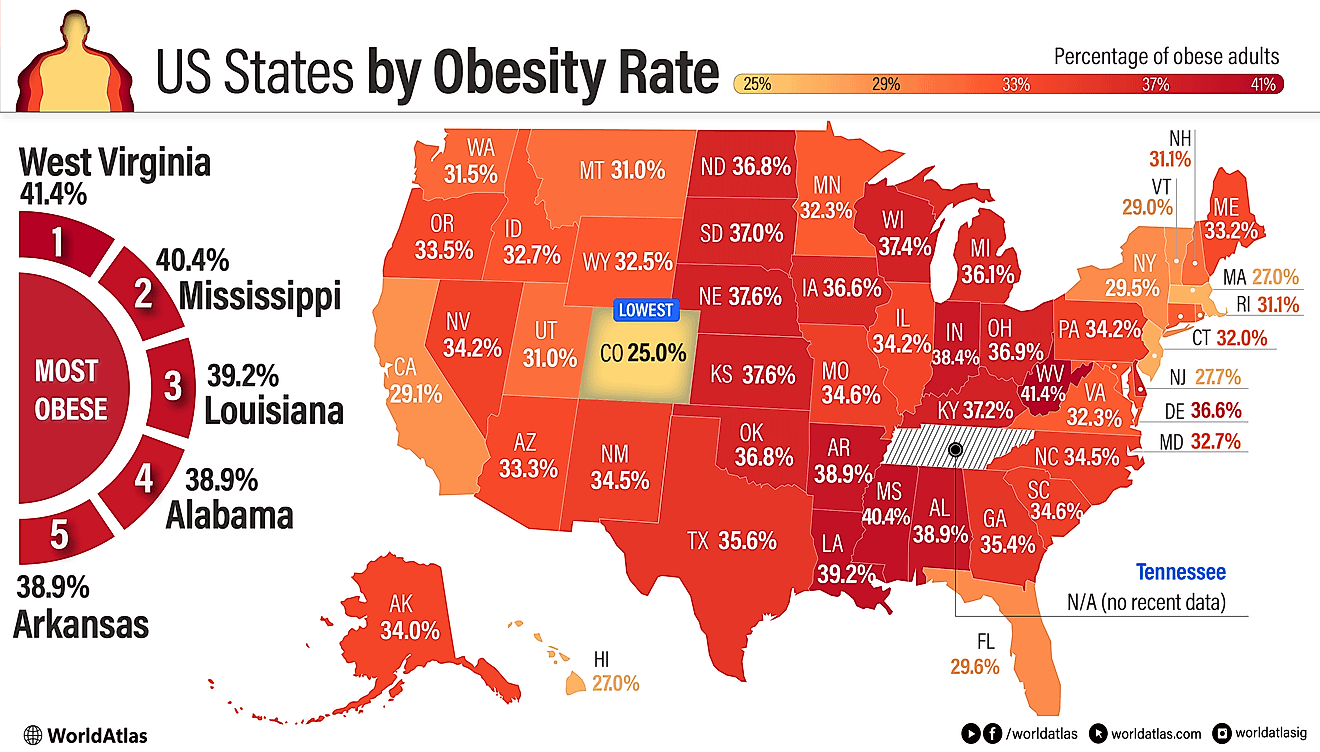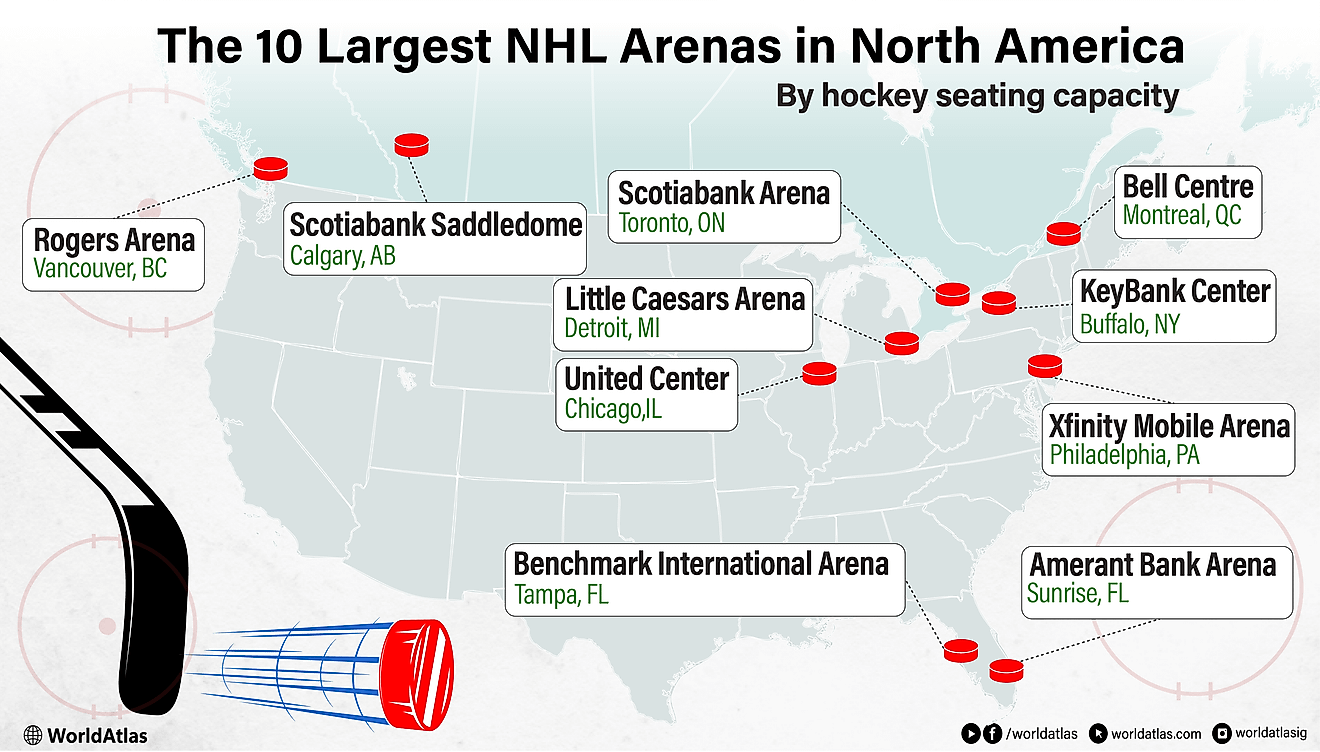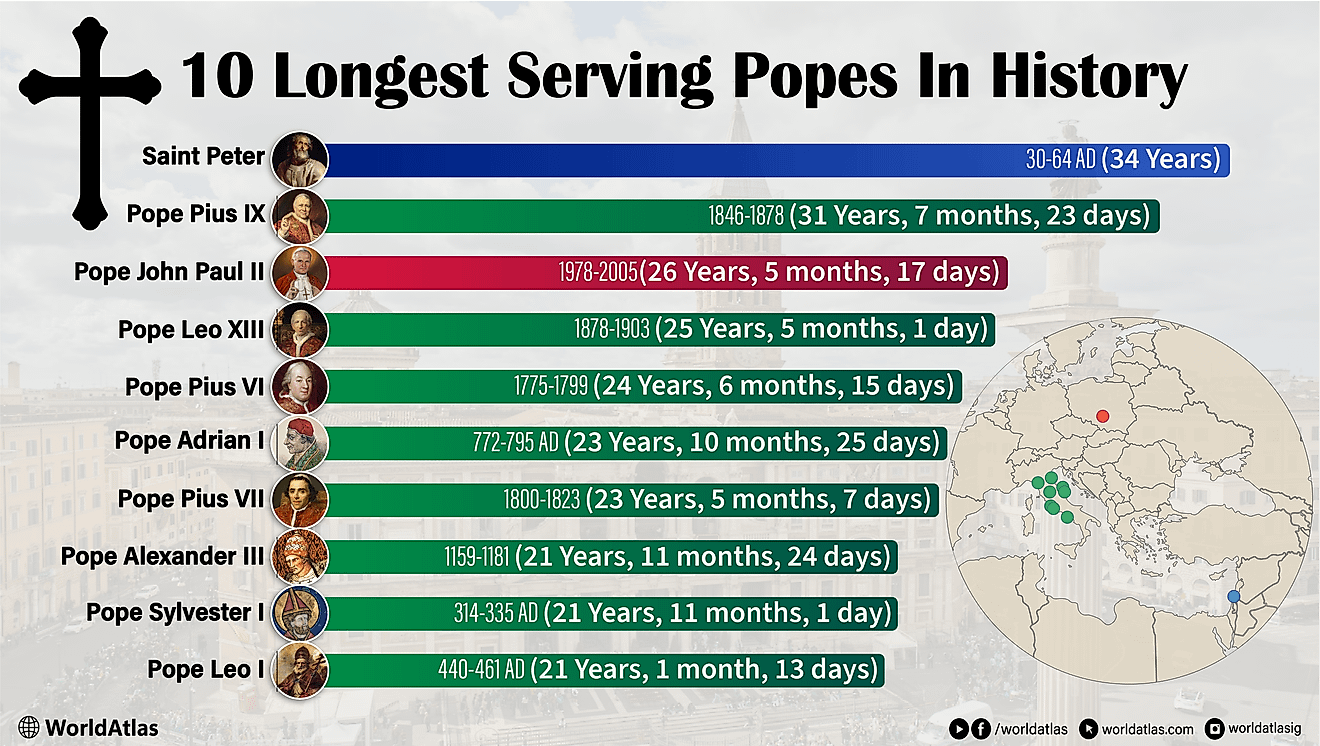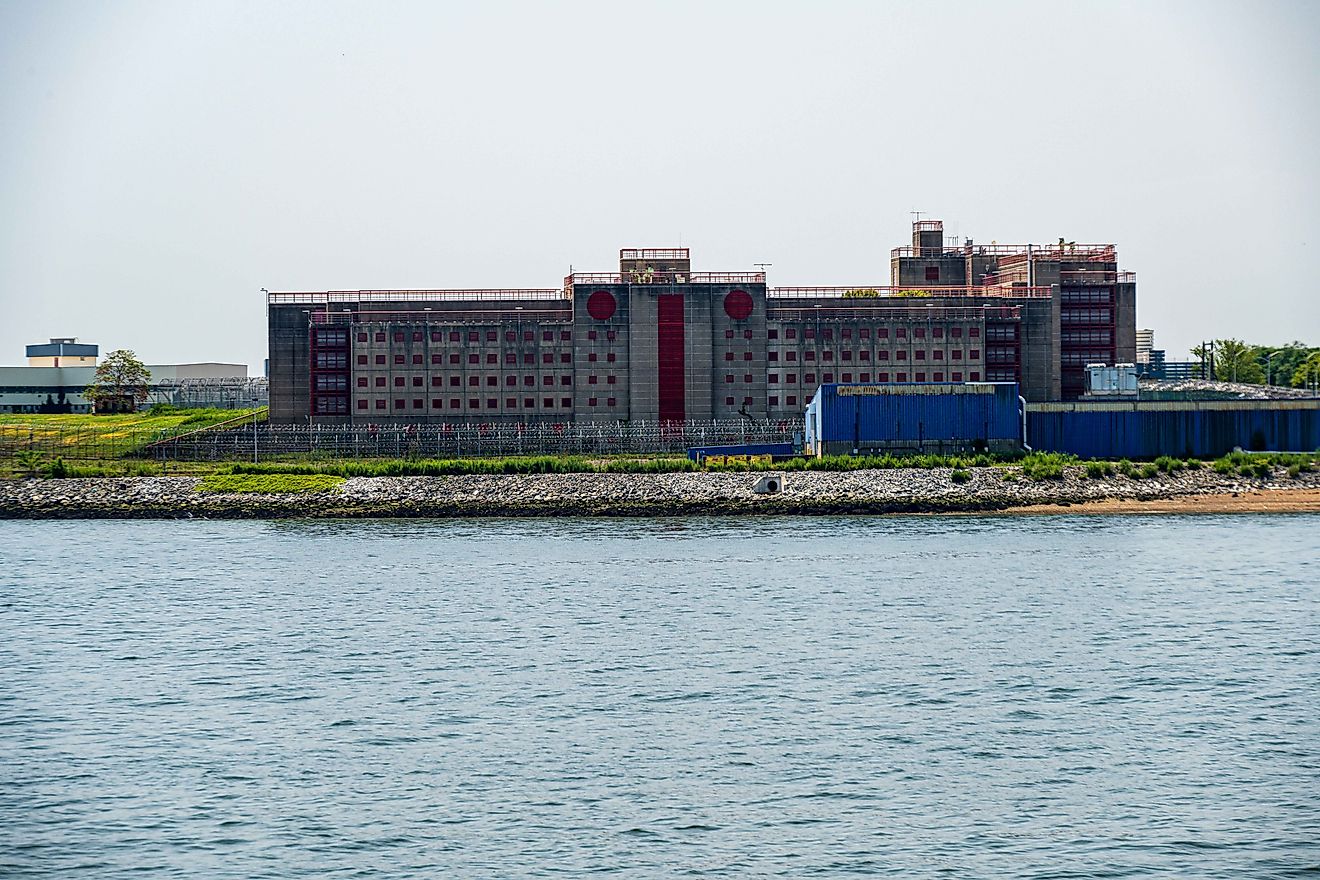The Religious Demographics Of Texas

Texas is one of the territories included in the Evangelical Protestant Bible Belt, an informal region in south-central and southeastern US where socially conservative evangelical Protestantism assumes an integral role in both society and politics. Over 90% of Texans observe Christianity with the City of Lubbock having the largest number of churches per capita in the country. The Dallas-Fort Worth region hosts some of the nation's mega-churches including Prestonwood Baptist and Potter's House. Lakewood Church, the most gigantic of America's churches, sits in Houston where Joel Osteen is the pastors.
Evangelical Protestant
64.4% of the residents of Texas adhere to Evangelical Protestantism. Only a handful of individual Protestant preachers had ventured into Texas before the Mexican province attained sovereignty. Protestantism gained ground in Texas from 1815 to 1817 in line with America's Great Awakenings. Evangelicals believe that the Bible is the infallible word of God. The movement acknowledges that grace gains salvation through faith and it is not achieved by an individual's achievement or effort. Adherents of the movement further believe that the death and resurrection of Christ signified the payment of human sin. Evangelical Protestantism has had a visible influence on the political, social, and cultural scene of Texas throughout the State's history.
Roman Catholic
Roman Catholicism commands a 21.2% share of the population of Texas. The initial Roman Catholic missionaries first entered into Texas together with Spanish conquistadores who intended to claim the territory for the Spanish crown. These missionaries were Franciscans, and they were mandated to convert the native communities. Most missions featured fortified walls as a security measure because of the hostile Indians. Hispanic Catholicism dominated the religious scene in Texas until 1821, a period during which the Christianization of the Indians occurred. Immigration of Spanish priests ended with the Mexican war for independence and seminaries subsequently closed. The religion thus began declining making the territory ripe for the Revival Movement. The number of Catholic adherents has however been rising in the recent years triggering the construction of bigger churches. The Co-Cathedral of the Sacred Heart situated in Houston, for example, boasts a sitting capacity of 1,820 people. It was completed in 2008, and it serves over 1.2 million adherents in the Archdiocese of Galveston-Houston.
Mainline Protestantism
8.1% of the inhabitants of Texas adhere to Mainline Protestantism. Presbyterians and Baptists arrived in Texas in 1820. Joseph Bays was the first of the Baptists while Sumner bacon was the first Presbyterian. The Providence Church became the first Baptist Church to be organized in Texas when it opened its doors in Bastrop County in 1834. The Baptist denominations continued to grow, and in 1838, the first Episcopal services on Texan soil were held.
Orthodox
0.1% of the residents of the state observe Orthodoxy. Fr. Christos Angelopoulos made a trip to Houston in 1910 to found a Parish and he served as a priest at the Holy Trinity located in New Orleans. Fr. Christos ended up establishing a parish in Fort Worth called St. Demetrios since the area had attracted a significant population of Greek immigrants to work in its stockyards. The construction of a church was however postponed during the 1st Balkan War. In 1917, Dallas, Fort Worth, and Houston were able to build Orthodox churches. 17 Orthodox Parishes currently serve the Orthodox observes of Texas.
Others
2% of the residents of Texas identify as either Buddhist, Muslim, Hindu, Sikh, or others. The Asian American community has been growing in Texas, most of whom are Japanese, Filipino, Vietnamese, Chinese, and Korean Americans.
The Religious Demographics Of Texas
| Rank | Affiliation | % Of The State Population |
|---|---|---|
| 1 | Evangelical Protestant | 64.4% |
| 2 | Roman Catholic | 21.2% |
| 3 | Mainline Protestant | 8.1% |
| 4 | Unclaimed | 4.5% |
| 5 | Hindu, Sikhs, Buddhists, Muslim, others | 2.0% |
| 6 | Orthodox | 0.1% |
